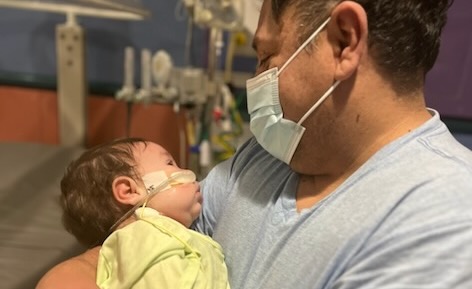Millions of Californians feel they can’t afford to address their health needs, whether through medication, doctor’s visits or insurance coverage.
California’s new Office of Health Care Affordability recently proposed capping medical spending growth at 3 percent. This would limit how much things like insurance premiums or the cost of medical services could rise every year.










